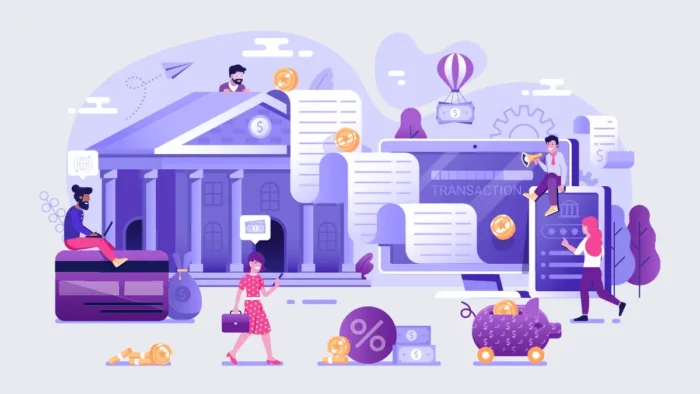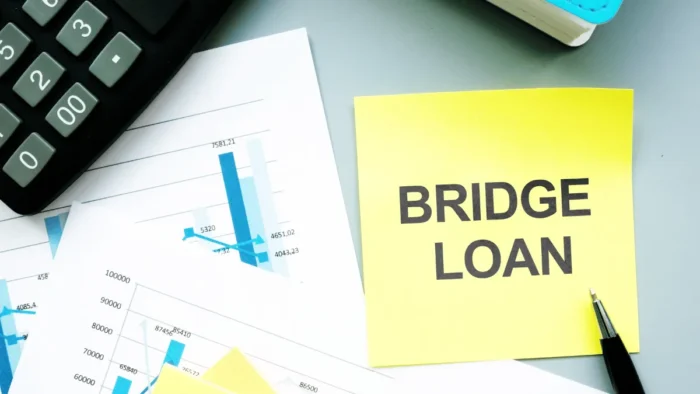The evolution of banking has been nothing short of amazing in a time when digital environments coexist with physical exchanges. Remember the time when bank tellers worked behind marble counters to keep financial secrets safe and secure? We are currently on the verge of a digital revolution that will reduce routine chores to simple clicks, taps, and swipes.
Let’s examine the digital transformation in banking and the future course it will take.
The Digital Dawn
Do you remember when banks were reliable establishments with opulent marble facades? Those times haven’t entirely disappeared, but they have found digital clones. In the early 2000s, as Internet banking gained popularity, the foundations of digital banking were laid. People could now check their accounts, transfer money, and pay their bills all without going into a real bank.
Hello Smartphones, Goodbye Wallets
After some time had passed, smartphones suddenly appeared and completely altered the game. This is especially evident in recent studies that show that more than 60% of people in the US use mobile banking. A new age of mobile payments began to emerge with the popularity of apps like Venmo and PayPal. Forget about searching through your wallet; all it takes is a tap to pay for breakfast with a buddy or repay them for a movie ticket. Best-ever convenience!
Encryption and Firewalls
The landscape of digital banking is now covered with a complex web of security precautions. Modern encryption techniques shield your data with many levels of security. Firewalls keep watch, thwarting possible online attackers. By adding a level of scrutiny to identity verification, two-factor authentication has evolved into a digital doorman. Technology and alertness are used in tandem to try to protect your financial chastity.
The Cryptocurrency Quandary
When we thought the situation couldn’t get any more exciting, bitcoin appeared. The banking industry was baffled by the decentralized transactions that Bitcoin, Ethereum, and their digital relatives promised. Cryptocurrencies pioneered the concept of digital assets unattached to conventional institutions, sparking mistrust and erratic price fluctuations in the process.
Today’s Digital Banking Environment
In the present, a thriving ecosystem has developed around digital banking. Traditional banks have gotten on board with technology, providing slick smartphone applications and straightforward websites. The emergence of neo-banks, those solely online financial organizations, has attracted a younger, tech-savvy clientele with promises of cheaper costs and a more open banking environment.

Looking Toward the Future
Let’s now turn our attention to the horizon. Digital banking in the US is expected to become much more exciting in the future. A sneak glimpse at some prospective advancements is shown below:
The Rise of Artificial Intelligence Assistants
Artificial intelligence breakthroughs might lead to the widespread use of AI-powered financial assistants. These digital sidekicks may provide investing guidance, and budgeting assistance, and even help identify and stop fraud.
Accepting Blockchain
Blockchain, the underlying technology, has industry insiders fascinated, while cryptocurrencies have drawn criticism. How banks do business may change as a result of blockchain’s ability to improve transaction security and transparency. Processes like loan approvals may be streamlined by smart contracts, making them quicker and more effective.
Biometric Wealth
Put an end to remembering countless passwords. Digital banking may become more biometric-based in the future. Your fingerprint, face scan, or even your distinctive iris pattern might end up becoming your entry codes into the financial world, offering an extra degree of protection while making it simpler to use.
Personalized Financial Management
Imagine a mobile app that is more knowledgeable about your spending patterns than you are. Your spending habits may be analyzed by machine learning algorithms, which would then provide personalized budgeting advice.
Going Green
The financial industry is integrating environmental awareness. Future digital banks may put a strong emphasis on sustainability, funding green initiatives, and rewarding consumers who make ecologically beneficial purchases. Every purchase you make might contribute a tiny amount to a greener future by funding reforestation and solar panels.
Conclusion
One thing is certain as we come to a close with our quick tour of the development of digital banking in the US: the future is dazzlingly bright. The landscape is always changing and expanding, from AI-guided transactions to biometric security and blockchain-backed operations. The days of standing in a bank line could soon be a thing of the past as the banking industry embraces ease and innovation.
Prepare yourself for a time when your smartphone will be more than just a communication device; it will also be a financial genius, and you never know, your financial decisions just might save the world. The voyage has only just begun, and there are countless options. Prepare to invest in a digital revolution that will not go away!





